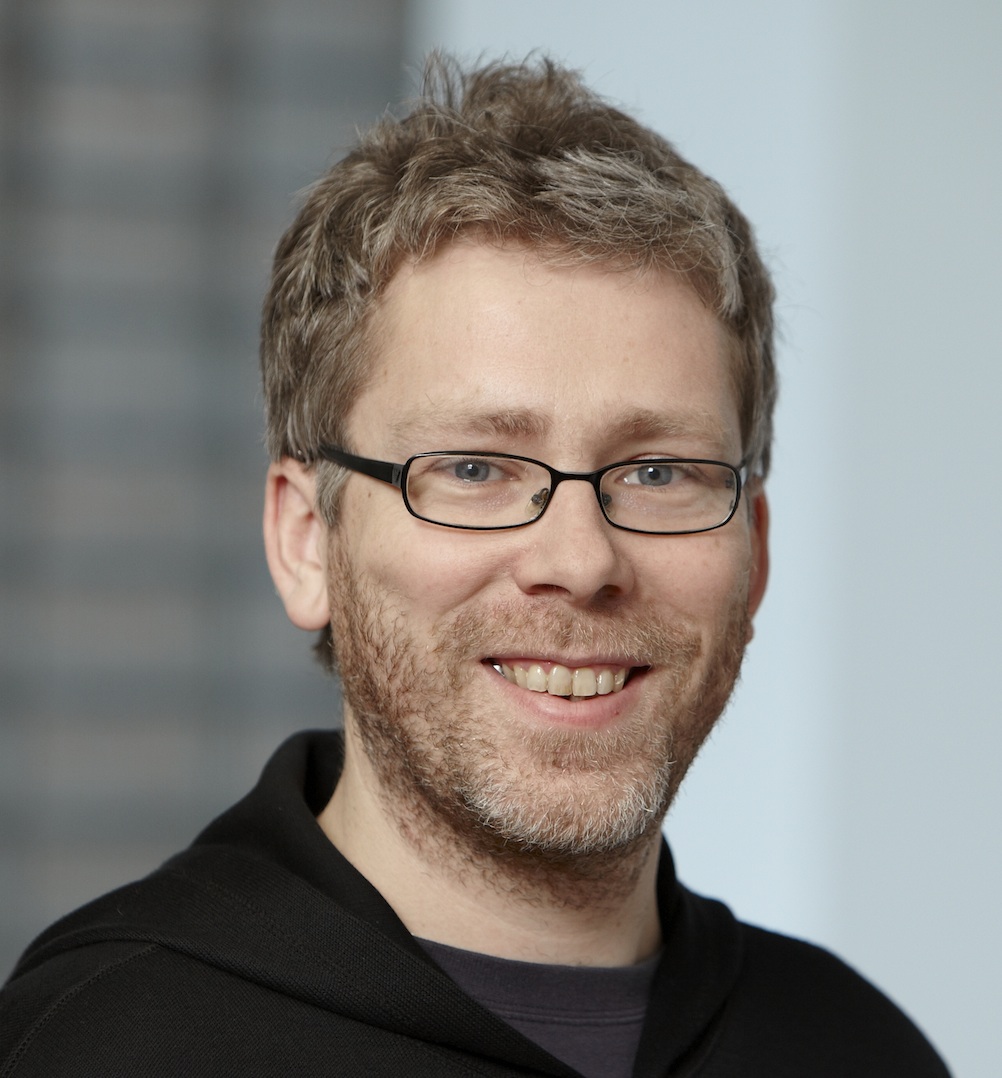Biography
Marc Pollefeys is a full professor and head of the Institute for Visual Computing of the Dept. of Computer Science of ETH Zurich and Microsoft which he joined in 2007. He leads the Computer Vision and Geometry lab. Previously he was with the Dept. of Computer Science of the University of North Carolina at Chapel Hill. He obtained his PhD degree from the KU Leuven in 1999. His main area of research is computer vision. One of his main research goals is to develop flexible approaches to capture visual representations of real world objects, scenes and events. Dr. Pollefeys has received several prizes for his research, including a Marr prize, an NSF CAREER award, a Packard Fellowship and a ERC Starting Grant. He is the author or co-author of more than 280 peer-reviewed papers. He will be general chair for ICCV 2019, was a general chair for ECCV 2014 in Zurich and program chair for CVPR 2009. Prof. Pollefeys was on the Editorial Board of the IEEE Transactions on Pattern Analysis and Machine Intelligence, the International Journal of Computer Vision, Foundations and Trends in Computer Graphics and Computer Vision and several other journals. He is an IEEE Fellow.
Semantic 3D reconstruction
Obtaining 3D geometric information from images is one of the big challenges of computer vision. It is critical for applications such as robotics, autonomous vehicle navigation and augmented reality. I will first briefly talk about some our recent work on vision-based autonomous micro-aerial vehicles, driverless cars and 3D on mobile devices. While purely geometric models of the world can be sufficient for some applications, there are also many applications that need additional semantic information. Next, I will focus on 3D reconstruction approaches which combine geometric and appearance cues to obtain semantic 3D reconstructions. Specifically, the approach I will present is formulated as a multi-label volumetric segmentation, i.e. each voxel gets assigned a label corresponding to one of the semantic classes considered, including free-space. We propose a formulation representing raw geometric and appearance data as unary or high-order (pixel-ray) energy terms on voxels, with class-pair-specific learned anisotropic smoothness terms to regularize the results. We will see how by solving both reconstruction and segmentation/ recognition jointly the quality of the results for both subtasks can be improved and we can make significant progress towards 3D scene understanding.

